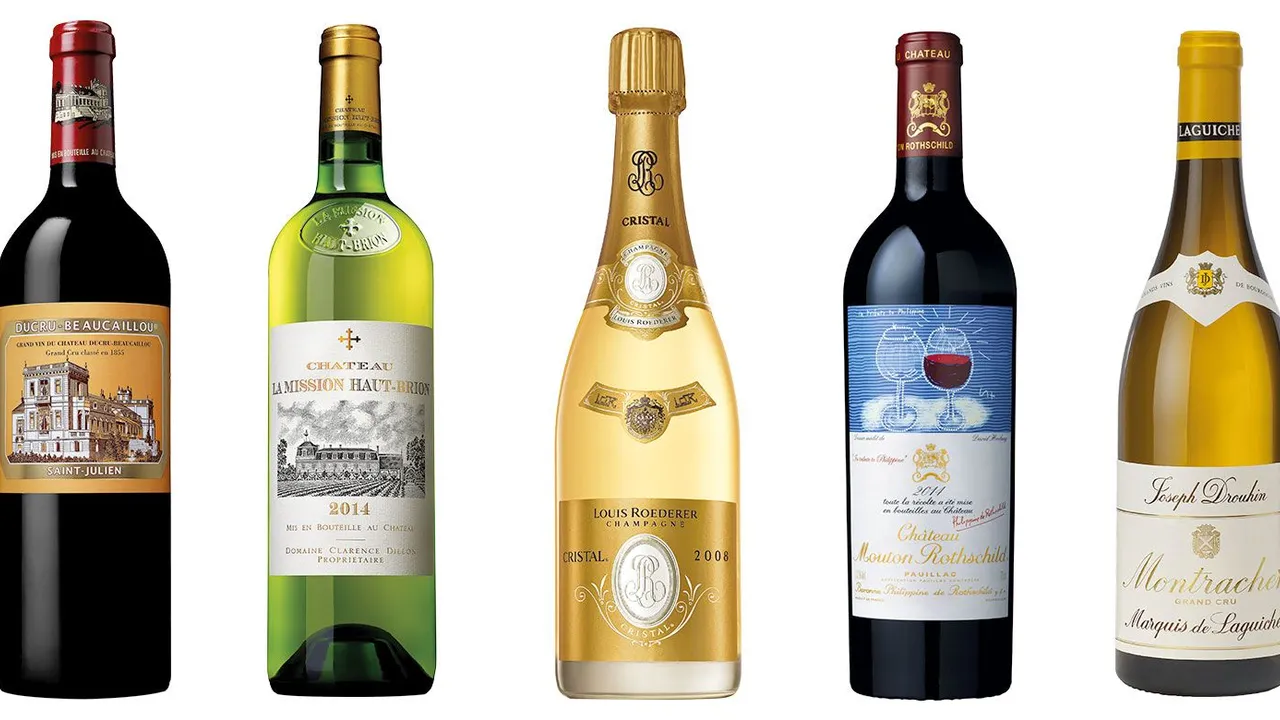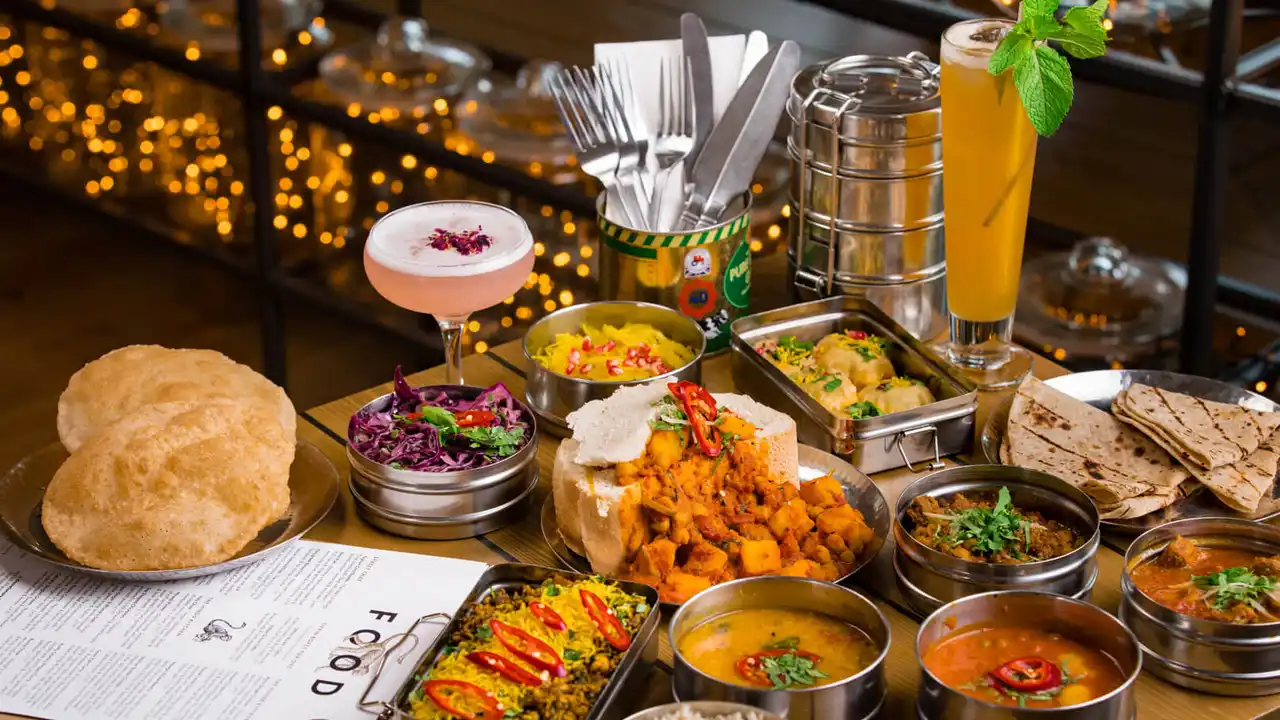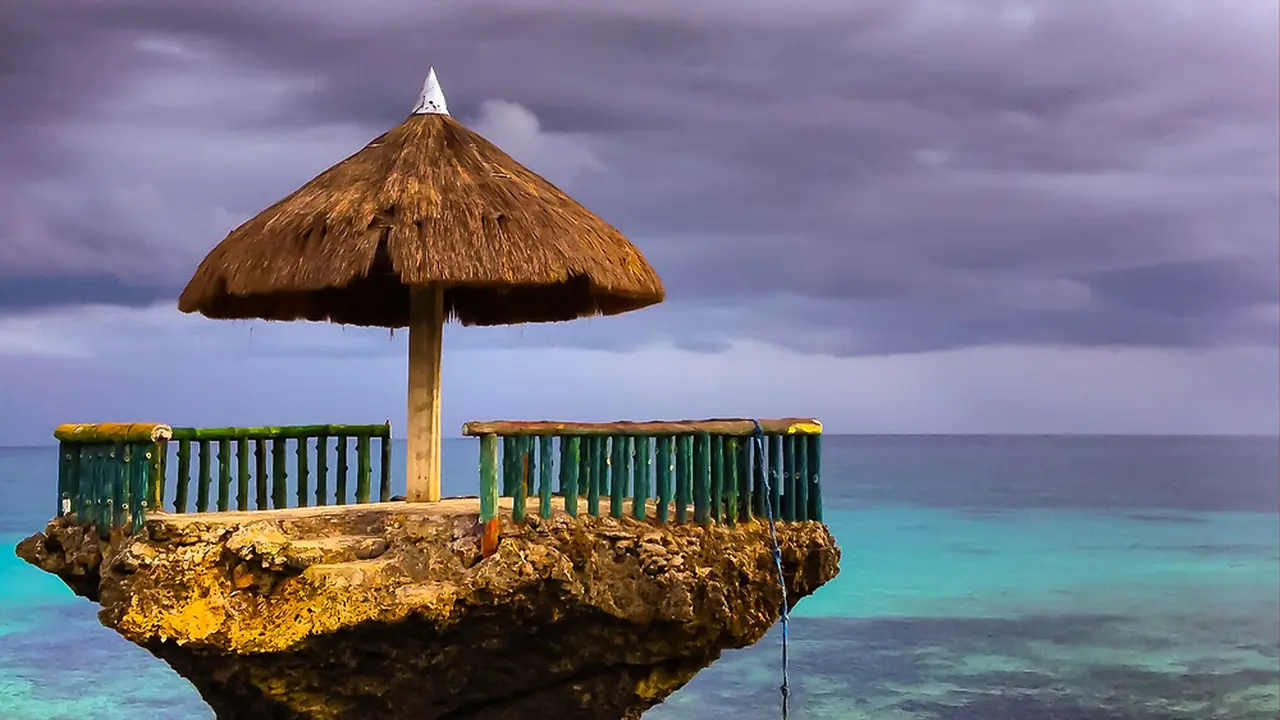5 Best French Wines: A Beginner's Guide for US Travelers
Sample meta description.

Introduction to French Wine for American Palates
So, you're heading to Europe and want to dive into the world of French wine? Excellent choice! French wine can seem intimidating at first, with all those fancy names and regions. But don't worry, this guide is designed for US travelers just like you. We'll break down some of the best French wines to try, making your wine journey fun and delicious. Think of this as your cheat sheet to ordering wine like a pro, without needing a sommelier degree.
H2 Understanding French Wine Regions Key to Choosing the Right Bottle
France is divided into numerous wine regions, each with its own unique characteristics. Knowing a little about these regions can help you make informed choices. Think of it like this: each region is a different flavor profile. Bordeaux, for example, is known for its powerful red blends, while Burgundy is famous for its elegant Pinot Noir and Chardonnay. The Loire Valley offers crisp, refreshing whites, and the Rhône Valley boasts bold, spicy reds. Understanding these differences will guide you to wines you’ll truly enjoy.
H2 Top 5 French Wines Every US Traveler Should Try Exploring Popular Varieties
Alright, let's get to the good stuff! Here are five French wines that are perfect for beginners and sure to impress your taste buds:
-
Bordeaux (Red Blend): Bordeaux is a blend of different grape varieties, typically Cabernet Sauvignon, Merlot, and Cabernet Franc. It's known for its complex flavors of blackcurrant, cedar, and spice. Think of it as a sophisticated, full-bodied red that pairs well with steak, lamb, or hard cheeses.
Product Recommendation: Château Ste. Michelle Indian Wells Red Blend (While not strictly French, it offers a similar Bordeaux-style experience for comparison). Price: $25. Usage Scenario: Perfect for a fancy dinner party or a special occasion. -
Burgundy (Pinot Noir): Burgundy is the home of Pinot Noir, a red grape that produces elegant, earthy wines with flavors of cherry, raspberry, and forest floor. It's lighter-bodied than Bordeaux, making it a great choice for lighter meals like roasted chicken or salmon.
Product Recommendation: Louis Jadot Bourgogne Pinot Noir. Price: $30. Usage Scenario: Ideal for a romantic dinner or a relaxed evening with friends. -
Beaujolais (Gamay): Beaujolais is a light-bodied, fruity red wine made from the Gamay grape. It's known for its bright flavors of cherry, banana, and bubblegum (yes, really!). It's a perfect wine to enjoy chilled on a warm day.
Product Recommendation: Georges Duboeuf Beaujolais-Villages. Price: $15. Usage Scenario: Great for picnics, barbecues, or casual gatherings. -
Sancerre (Sauvignon Blanc): Sancerre is a crisp, dry white wine made from the Sauvignon Blanc grape. It's known for its flavors of grapefruit, gooseberry, and grassy notes. It's a refreshing wine that pairs well with seafood, salads, or goat cheese.
Product Recommendation: Domaine Vacheron Sancerre. Price: $40. Usage Scenario: Perfect for a summer brunch or a light lunch. -
Champagne (Sparkling Wine): Champagne is a sparkling wine from the Champagne region of France. It's made from a blend of Chardonnay, Pinot Noir, and Pinot Meunier grapes. It's known for its bubbles, its yeasty flavors, and its celebratory association.
Product Recommendation: Veuve Clicquot Yellow Label Brut. Price: $60. Usage Scenario: Ideal for celebrations, anniversaries, or any special occasion.
H2 Comparing French Wines Bordeaux vs Burgundy vs Beaujolais Taste Profiles and Food Pairings
Let's compare these three popular red wines: Bordeaux, Burgundy, and Beaujolais. Bordeaux is the most structured and complex, with a bold flavor profile that evolves over time. Burgundy is more elegant and nuanced, with delicate flavors that showcase the terroir (the environment in which the grapes are grown). Beaujolais is the simplest and most approachable, with bright, fruity flavors that are easy to enjoy. In terms of food pairings, Bordeaux pairs well with rich, savory dishes, Burgundy complements lighter meats and earthy flavors, and Beaujolais is a versatile wine that can be enjoyed with a variety of foods.
H2 Exploring White Wine Options Sancerre vs Other French Whites Varietal Characteristics
Sancerre, with its vibrant acidity and grassy notes, stands out among French white wines. Compare it to a crisp, dry Muscadet from the Loire Valley, known for its minerality and seafood-friendly profile. Or consider a refreshing Picpoul de Pinet from the Languedoc-Roussillon region, with its citrusy aromas and saline finish. While Sancerre offers a classic Sauvignon Blanc experience, these other options provide unique and exciting alternatives for white wine lovers.
H2 Champagne The King of Sparkling Wine Understanding Different Styles and Price Points
Champagne isn't just a drink; it's an experience! From Brut (dry) to Demi-Sec (sweet), there's a style for every palate. Non-vintage (NV) Champagnes are a blend of grapes from multiple years, offering consistency and value. Vintage Champagnes, made from grapes of a single exceptional year, showcase the unique characteristics of that harvest. Price points vary widely, from entry-level NV Champagnes to prestige cuvées that can cost hundreds of dollars. When choosing Champagne, consider the occasion and your personal preferences. For a celebratory toast, a classic Brut NV Champagne is always a safe bet. For a more sophisticated experience, explore vintage or rosé Champagnes.
H2 Decoding French Wine Labels A Guide for US Consumers Key Terms and Information
French wine labels can seem like a foreign language, but understanding a few key terms can make a big difference. Look for the appellation (AOC or AOP), which indicates the region where the wine was produced and guarantees certain quality standards. The grape variety (e.g., Pinot Noir, Chardonnay) may be listed, especially for wines from Alsace. The vintage (year the grapes were harvested) is also important, as it can affect the wine's flavor profile. Finally, pay attention to the producer's name and reputation, as this can be a good indicator of quality.
H2 French Wine Prices What to Expect and Where to Find Good Value Finding Affordable Options
French wine prices can range from budget-friendly to extravagant. You can find excellent value in regions like the Loire Valley, Beaujolais, and the Languedoc-Roussillon. Look for wines from smaller producers or lesser-known appellations. Don't be afraid to ask your local wine merchant for recommendations. Online retailers and wine clubs can also offer competitive prices. Remember, price isn't always an indicator of quality. With a little research, you can find delicious French wines that won't break the bank.
H2 Enjoying French Wine Like a Local Tips for Ordering and Serving Wine Etiquette
When ordering wine in France, don't be afraid to ask for recommendations. The sommelier or waiter can help you choose a wine that complements your meal. When serving wine, be sure to use the appropriate glassware. Red wines are typically served in larger glasses, while white wines are served in smaller glasses. Champagne should be served in flutes or coupes. The ideal serving temperature varies depending on the wine. Red wines are best served slightly below room temperature (around 60-65°F), while white wines and Champagne should be chilled (around 45-50°F). And most importantly, relax and enjoy the experience! Wine is meant to be shared with friends and family, so savor the moment and create lasting memories.
:max_bytes(150000):strip_icc()/277019-baked-pork-chops-with-cream-of-mushroom-soup-DDMFS-beauty-4x3-BG-7505-5762b731cf30447d9cbbbbbf387beafa.jpg)






